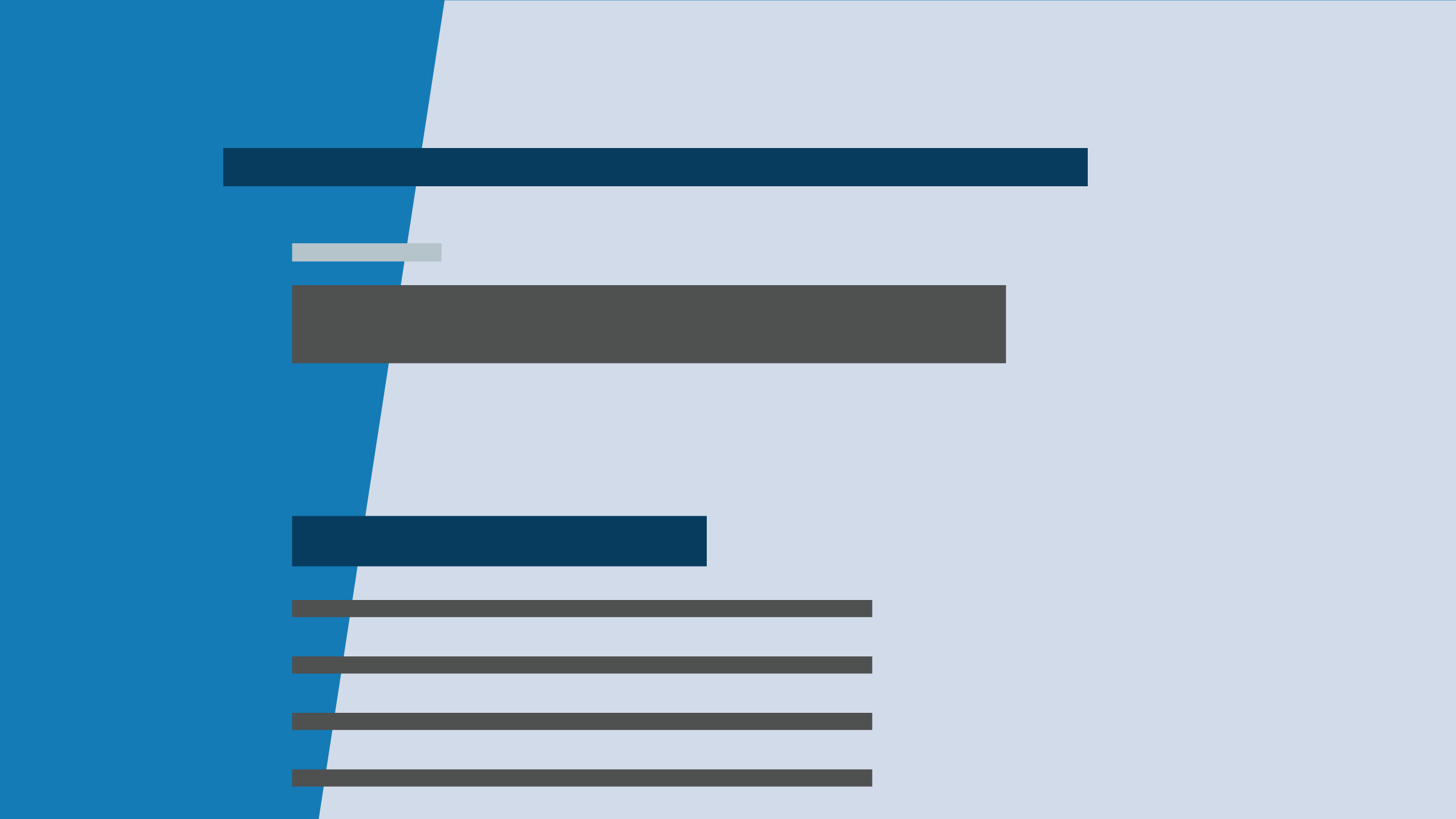You loan money, you need to know you’ll be paid back. It’s true for people, and it’s true for financial institutions. In the case of a bank or credit union, one borrower’s loan delinquency affects its ability to extend credit to another potential borrower. To gauge the risk, the financial institution will look at conventional factors like the applicant’s credit score and income.
But what if those measures don’t tell the full story? What if an applicant hasn’t had the chance to build a deep credit history, but the loan officer knows them to be an engaged and reliable client?
In a new analysis of loan data from 11 Native Community Development Financial Institution (Native CDFI) loan funds, we found that character-based lending criteria—such as the loan officer’s perception of the applicant’s engagement in the process—can effectively predict risk. In fact, for business loans in our analysis, character-based criteria predicted loan delinquency better than traditional credit scores.
The results bolster the practices of many Native CDFIs and offer compelling lessons for lending outside of Indian Country.
Native CDFIs fill the credit gap in Indian Country
Access to credit enables individuals, businesses, and governments to build financial security and pursue economic opportunity. Native communities have historically faced barriers to accessing credit due to poverty, lack of service by financial institutions, and constraints associated with tribal trust lands. Native CDFIs and other Native American Financial Institutions play a vital role in filling the gap left by mainstream financial institutions.
Native CDFIs can be for-profit or not-for-profit and include banks, credit unions, loan funds, thrifts, holding companies, and venture capital funds. Whatever form they take, they aim to foster financial inclusion by serving low- and moderate-income communities with affordable and culturally informed services. Previous work by the Center for Indian Country Development (CICD) has found that establishing Native CDFIs on or near reservations can improve credit outcomes, and that Native CDFIs’ cultural fit with the communities they serve may play an important role in their success.
Character-based lending in Indian Country
Many Native CDFIs have expanded their measures of loan risk beyond conventional lending criteria such as credit score and income. These Native CDFIs incorporate what’s known in the financial industry as “character-based lending” practices, bringing in loan officers’ assessments of prospective borrowers based on community knowledge and the professional relationships they build with their clients. Character-based measures include loan officers’ assessment of client engagement in the borrowing process, “character scores” that look at client characteristics such as support networks and reputation in the community, and—in the case of business loans—measures of the client’s commitment to business.
Conventional lending practices run the risk of widening inequalities by disadvantaging prospective borrowers who haven’t had the opportunity to demonstrate financial preparedness. Character-based lending recognizes that the relationships lenders build in small communities may provide information beyond what’s available in a credit score. If implemented poorly, character-based lending practices could also introduce bias, but Native CDFIs’ cultural fit with the communities they serve likely minimizes that risk. Procedures for reducing the potential for bias should be considered in scaling character-based lending approaches.
“We truly believe that a lot of the risk that people see within our communities is manufactured,” said Lakota Vogel, executive director of Four Bands Community Fund, a South Dakota-based Native CDFI participating in this study and other recent CICD research on the wealth gap in Indian Country.1 “Knowing that my underwriters and most of the Native CDFIs are members of the community, their perceptions are really important.”
Results from 11 Native CDFI loan funds
To understand the relative success of different borrowing criteria in predicting loan delinquency, we examined data on individual loans from 11 Native CDFI loan funds across the lower 48 states and Alaska. Native CDFIs in our sample serve many clients with limited or no credit histories. Together, these 11 Native CDFIs represent approximately 15 percent of annual Native CDFI lending as a whole.2
Data were provided on 484 business, 305 home, and 1,276 other consumer loans such as auto loans, employee loans, and credit-builder loans that help clients enhance their credit history. Most loans in our sample were issued between 2015 and 2020. Native CDFI loans tend to be smaller than loans from commercial banks, and half of the loans in our dataset were less than $5,500. If the borrower failed to make the full payment at any point payment was due, we considered the loan delinquent.
Our findings supported the value of Native CDFIs’ immersion in their communities, and the relationships that come from that. In our sample, both conventional and character-based criteria emerged as important predictors of loan risk, and our analysis of business loans suggested that character-based measures could predict delinquency even better than credit scores.
Looking at consumer, home, and business loans together, clients’ level of engagement with the lender was a strong predictor of loan outcomes. In other words, it mattered whether the loan officer perceived the client as responsive and engaged—or not—in the borrowing process. Credit scores were also an important predictor, whereas household income—another standard risk measure—was not significantly associated with delinquency for business and home loans. In our informal conversations, study participants expressed awareness that income can be a poor signal of creditworthiness in high-poverty areas and that they had calibrated their approach accordingly.
Business loans in our sample used two additional character-based lending criteria: character score and commitment to business. Character scores are rooted in the idea of relationship-based lending and factor in loan officers’ extensive conversations with their clients. Based on these client relationships, loan officers assign borrowers a character score that takes into account their role and reputation in the community, support networks, relationship with the CDFI, overall financial literacy, and personal stability.
In the case of business loans, traditional measures of credit score and business longevity were important predictors of loan outcomes. But character score emerged as a more important predictor than credit score. Once character scores were added to the analysis, credit scores were no longer a significant predictor of loan delinquency.
What this means is that a substantial number of borrowers with only fair credit scores had high character scores that appeared to capture factors beyond what was reflected in their credit scores—and these other factors mattered for their loan outcomes. Additionally, some other conventional measures of risk assessment—such as household income and equity invested—did not strongly predict delinquency on business loans.
Implications for lending in Indian Country and beyond
Our findings support Native CDFIs’ use of lending models that incorporate information beyond credit scores, income, and other conventional metrics. Lending practices that factor community knowledge and emphasize lender-borrower relationships can provide opportunities for borrowers who haven’t had the chance to prove their creditworthiness. In this way, Native CDFIs leverage their immersion in Native communities to address inequalities in access to credit and financial development. Relationship-based lending models can be staff-intensive, and supports such as administrative grants can help Native CDFIs build the needed capacity.
Our research represents the first systematic quantitative analysis of lending in the Native CDFI industry, but it reflects a limited number of Native CDFIs that collect the borrower information needed in our analysis. More systematic reporting on character-based loan metrics would strengthen our understanding of the effectiveness of different lending criteria. But data collection, too, requires staff capacity. More work also needs to be done to operationalize character-based measures in ways that can be replicated consistently and systematically. “There’s a lot that needs to be dissected within that character score, and we want to find ways to replicate that throughout the industry,” said Vogel.
We look forward to providing additional insights on this vital industry as part of CICD’s ongoing body of research on the characteristics of Native CDFIs. According to Vogel, the research holds implications both for the Native CDFI industry and beyond: “We’re hoping that this [is] an example of how others can step into this space—and possibly financial institutions can adopt a different way of working within Indian Country.”
Endnotes
1 After the time this study was conducted, Lakota Vogel joined the board of directors of the Federal Reserve Bank of Minneapolis, with a term beginning January 1, 2023.
2 The 11 participating Native CDFIs provided loan-level data to Sweet Grass Consulting and the Oweesta Corporation, who shared the data for this research with permission. A total of 14 Native CDFIs were invited to participate in the study. Authors estimated the proportion of Native CDFI industry lending represented in the sample based on data from Oweesta.
Michou Kokodoko is a senior policy analyst in the Minneapolis Fed’s Community Development and Engagement department. He leads the Bank’s efforts to promote effective community-bank partnerships by increasing awareness of community development trends and investment opportunities, especially those related to the Community Reinvestment Act.











